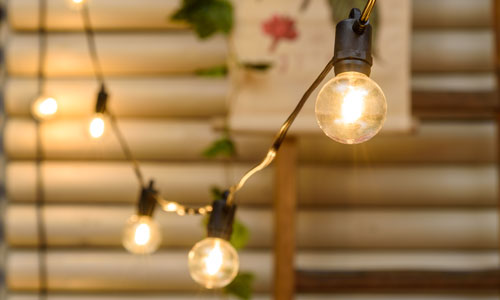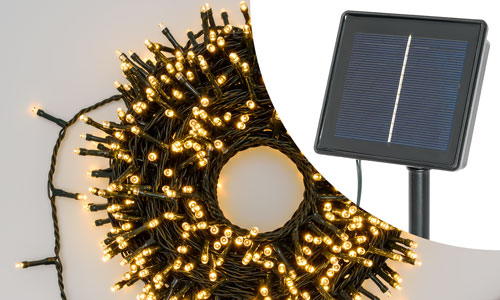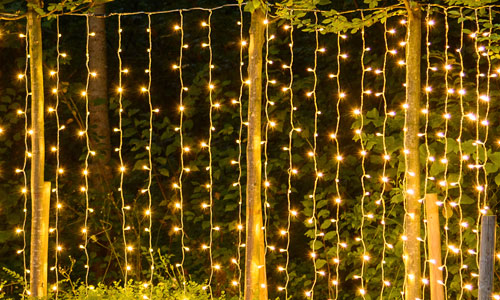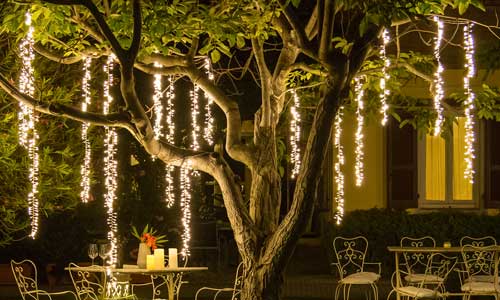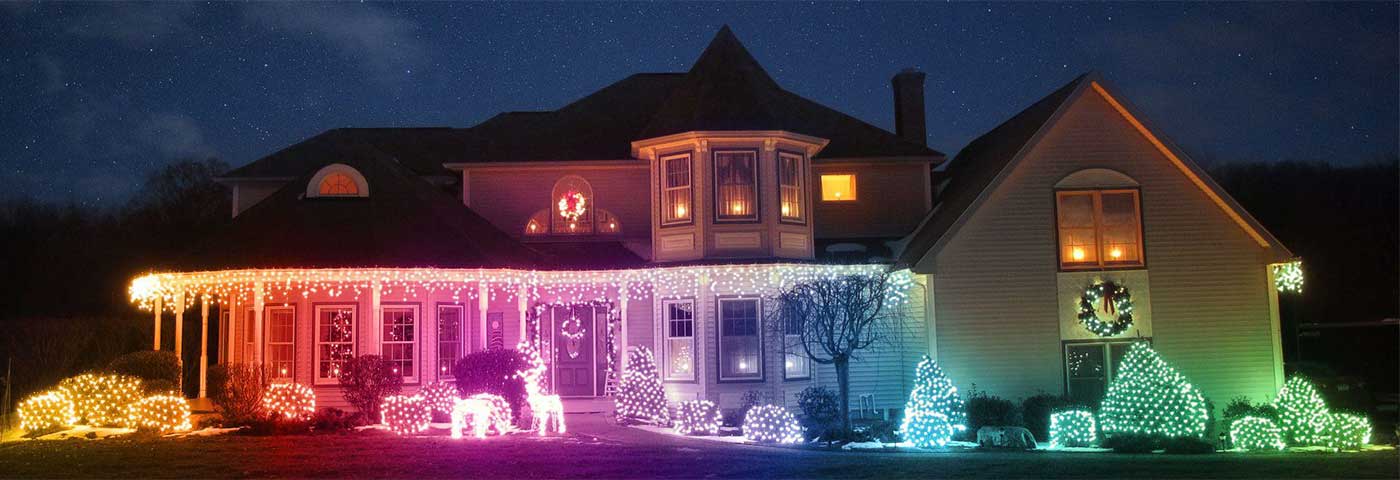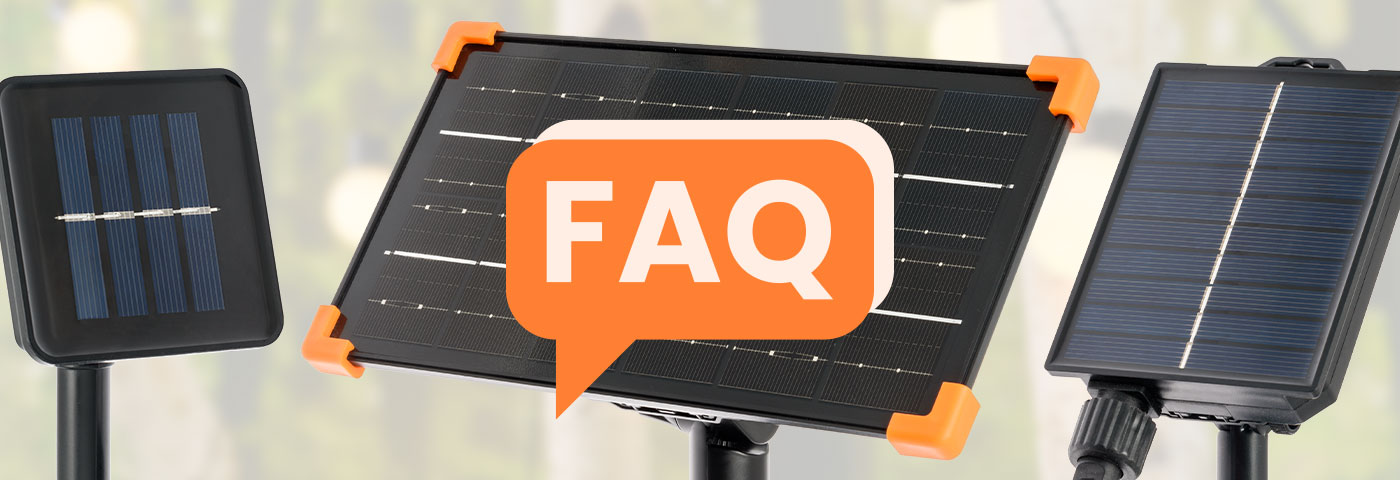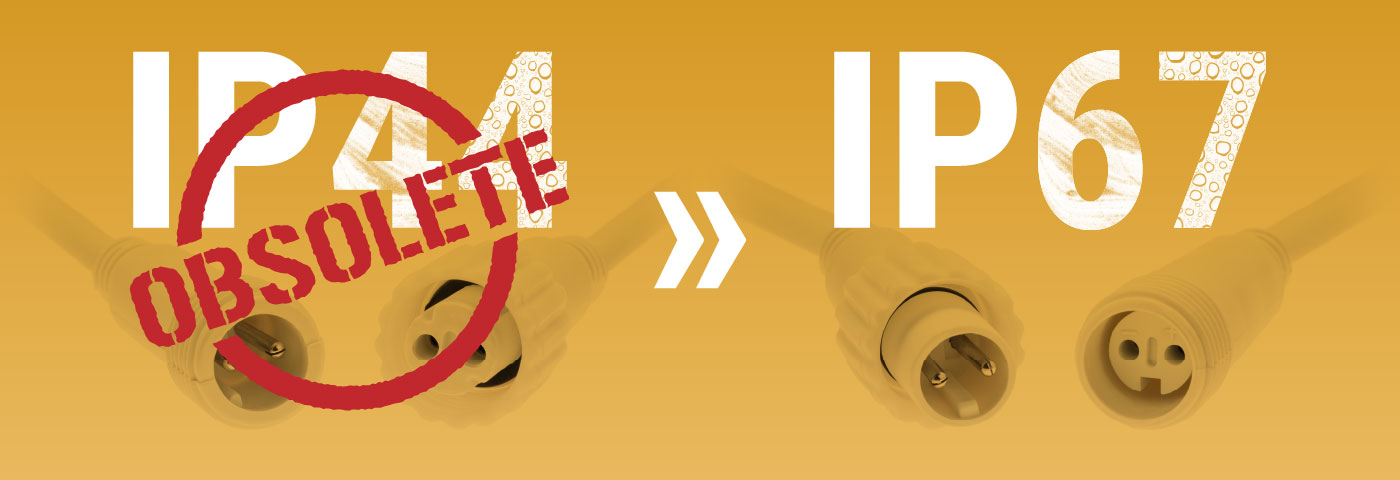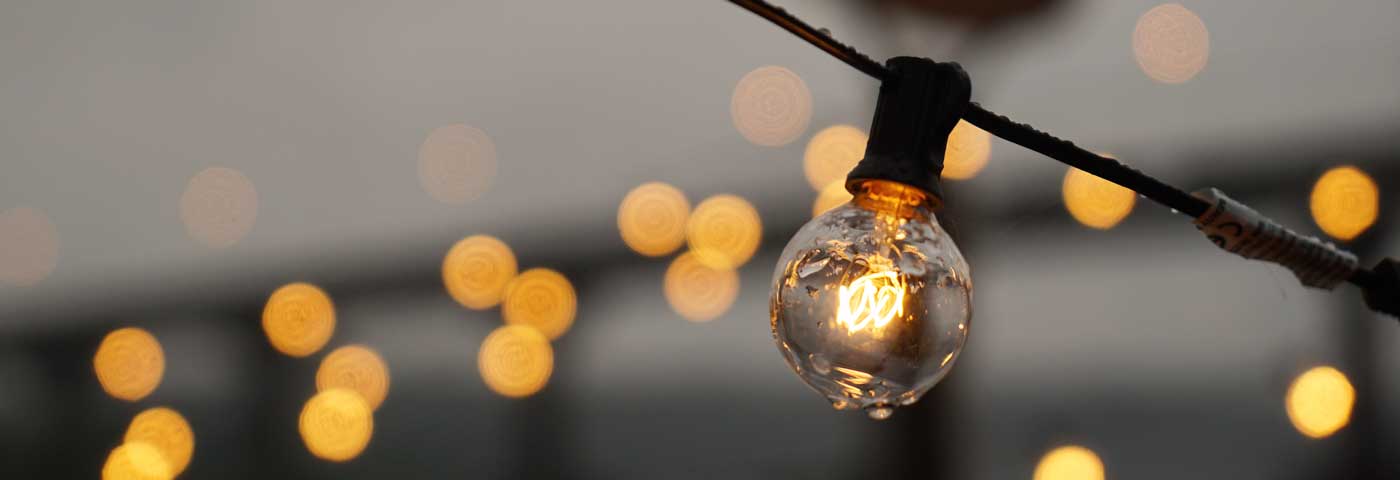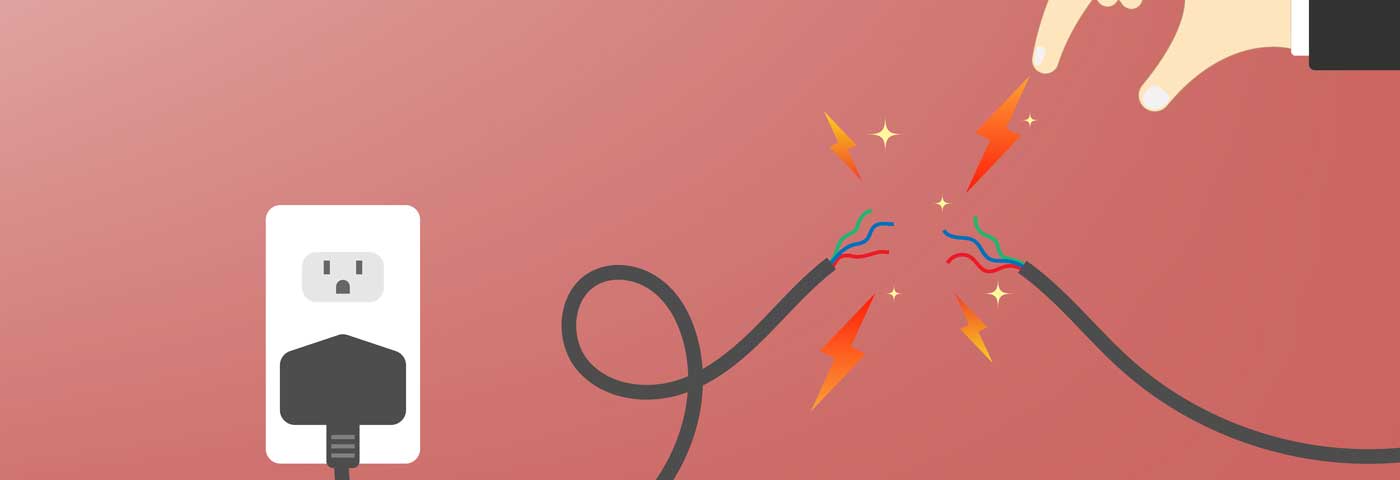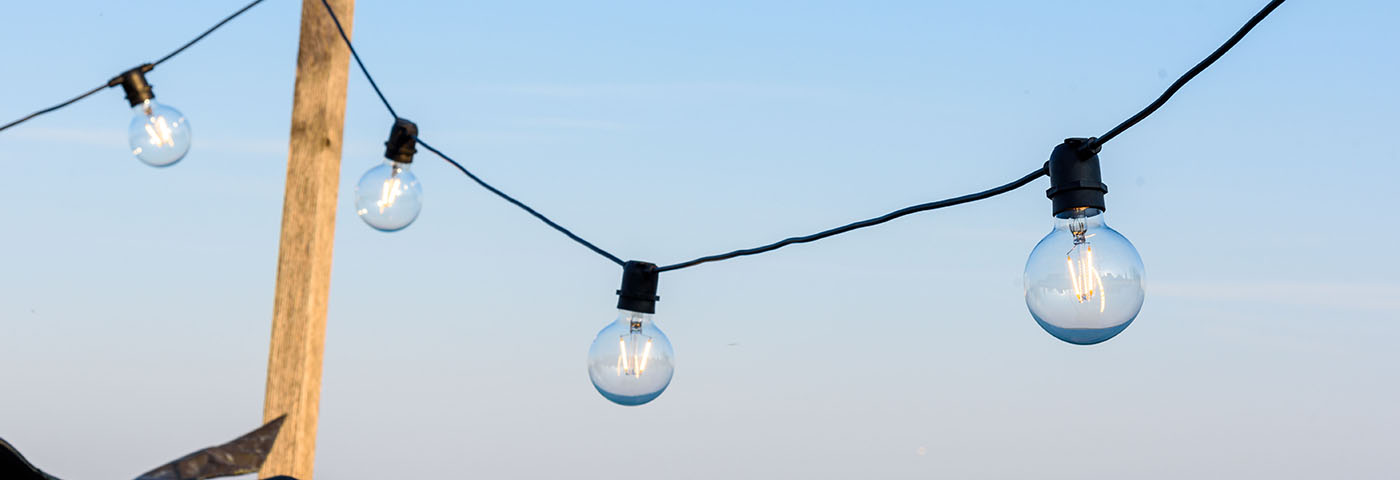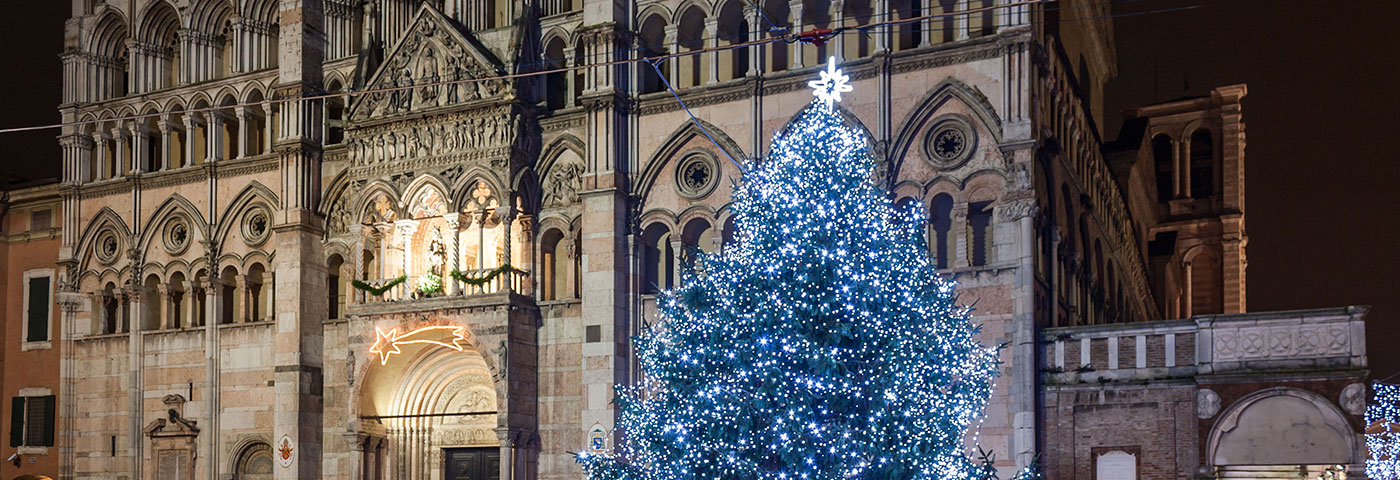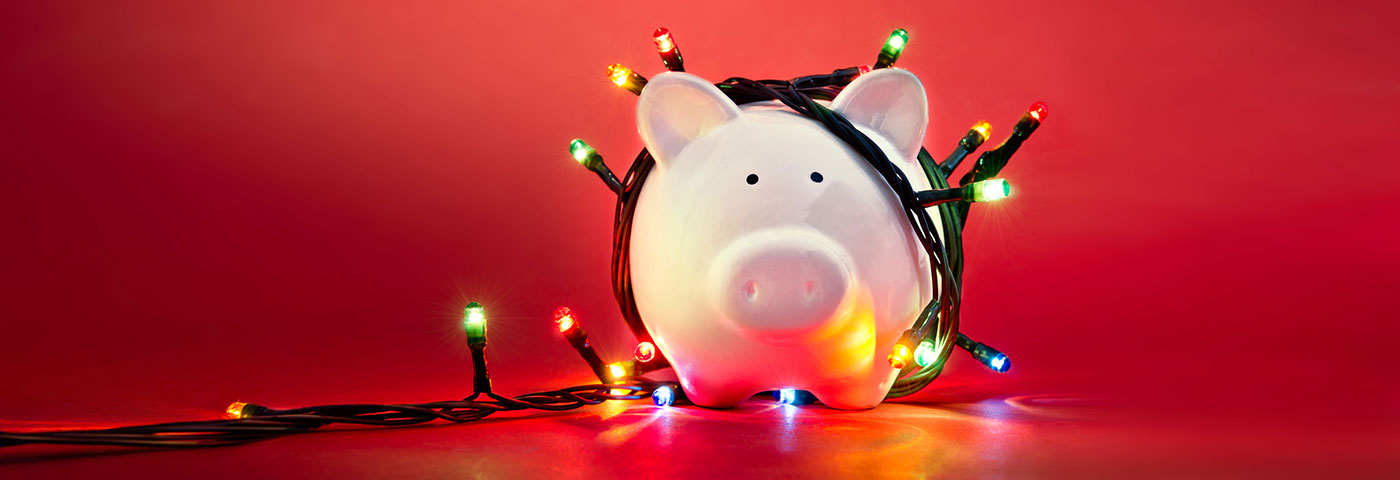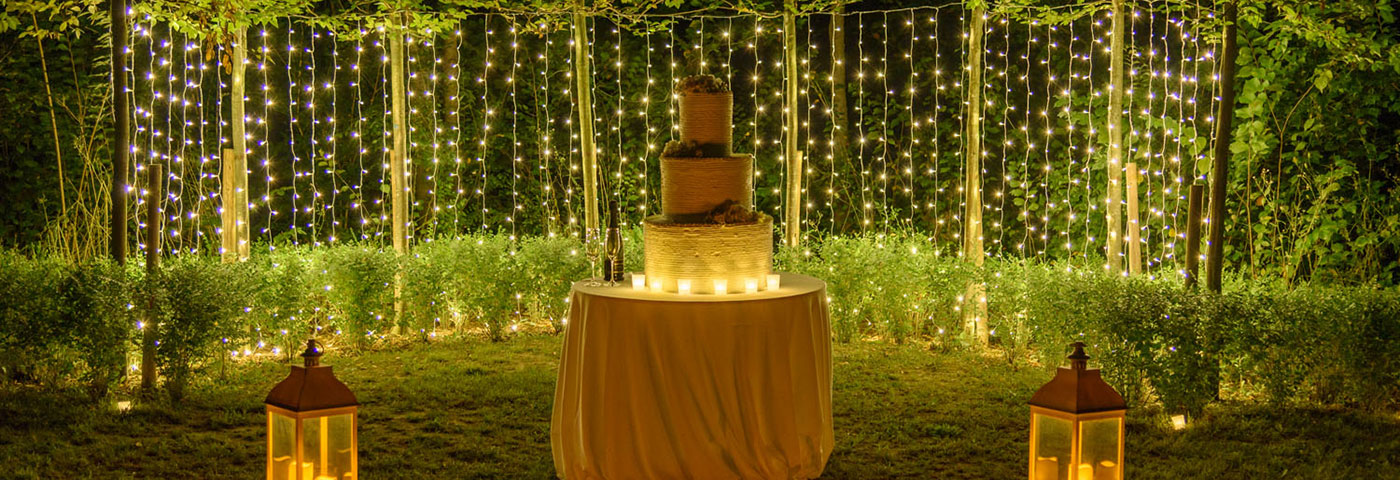Complete guide to solar lights: eco-friendly lighting for your garden
Discover the main components, operation and benefits of solar lights to transform your outdoor space into an oasis of light and sustainability
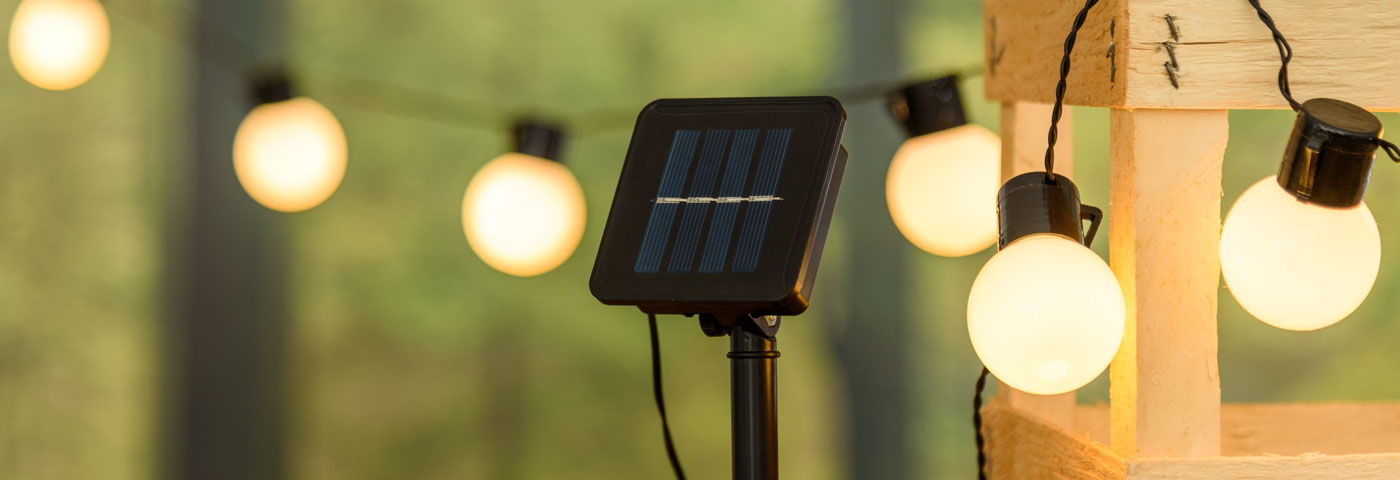
Date
02.06.2023
Reading time
10 min
If you need to create a cosy atmosphere in your garden, solar lights are the perfect solution. Besides being environmentally friendly, these lights use solar energy to illuminate your garden, patio or balcony during the evening hours.
In this article we will try to go into some technical and operational aspects that will help you choose the right solar decoration for your needs.
Solar lights consist mainly of 4 components:
- Solar panel;
- Rechargeable internal battery;
- Control and management electronics;
- Solar lights.
Operation is simple: the solar panel captures energy during the day that is stored in the internal battery, which, thanks to the integrated electronics, will manage the switching on and off of the LED lights.
In this article, we will go into the details of each component to understand its main features and functionality.
Solar panel
The solar panel has the function of capturing energy during the day and transforming it into electricity, which is stored in the internal rechargeable battery.
Evaluating the goodness of one solar panel over another is not easy. Its physical size is not the benchmark, but rather its power rating expressed in watts or milliamperes (mA).
The higher this value, the greater the capacity of the panel to produce energy under ideal sunlight conditions. For our products you can find values such as 120, 250 or 650 mA for larger panels.
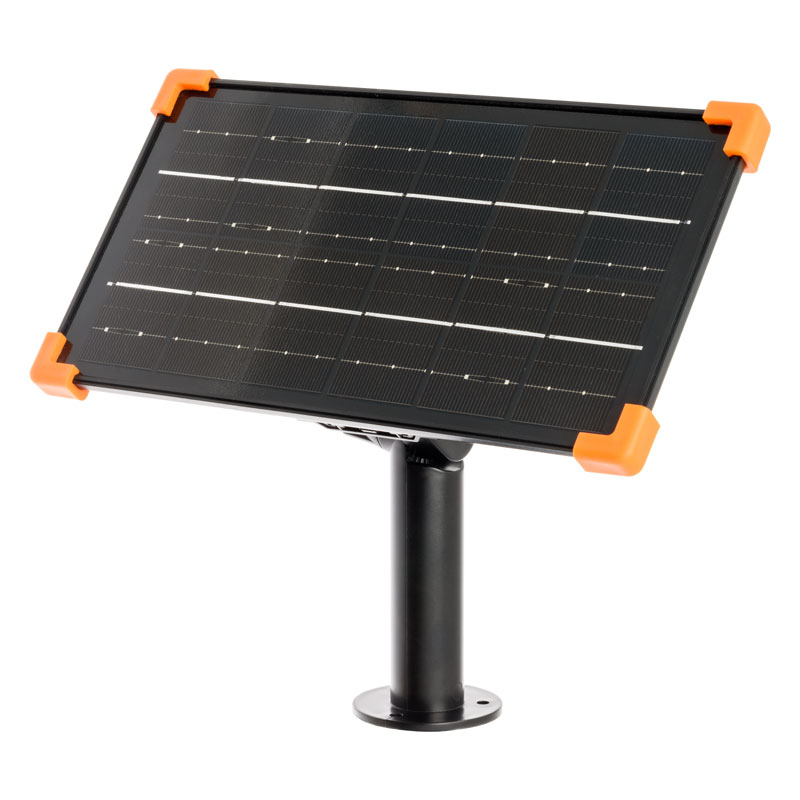
Rechargeable internal batteries
The energy produced by the solar panel must be stored in a battery. The quality and charging capacity of the battery is perhaps one of the most critical elements to pay attention to.
The battery affects the longevity of the decoration, its brightness and how long it will provide power during daily operation.
When evaluating a battery, it is necessary to pay attention to the following characteristics:
- The chemical components of which it is composed;
- Charging capacity.
There are different types of battery chemistry, but the main ones used in decorative lights are three: Ni-Cd (Nickel-Cadmium), Ni-MH (Nickel-Metal Hydride) and Li-Ion (Lithium-Ion).
Let's see the main comparative features:
| Feature | Ni-Cd batteries | Ni-MH batteries | Li-Ion batteries |
|---|---|---|---|
| Chemistry | Nickel-Cadmium | Nickel-Metal Hydride | Lithium-Ion |
| Energy density | Low | Medium | High |
| Memory effect | Present | Reduced | Absent |
| Charge cycles | About 500 | About 500-1000 | About 500-1000 |
| Self-discharge | High | Medium | Low |
| Capacity | Medium | Medium-High | High |
| Performance at low temperatures | Good | Good | Limited |
| Performance at high temperatures | Limited | Limited | Good |
| Environment | Contains cadmium, toxic | Cadmium-free, less polluting | Cadmium-free, less polluting |
| Price | Low | Medium | Medium-High |
Ni-MH and Li-Ion batteries are definitely the more environmentally friendly choice compared to Ni-Cd batteries and, although they have a slightly higher cost, they have many aspects that make them preferable: for example, higher energy density, reduced or no memory effect and higher energy storage capacity.
All our solar lights are equipped with Ni-MH or Li-Ion batteries.
Battery capacity, on the other hand, is expressed in milliampere-hours (mAh), the higher this value, the greater the capacity to store energy.
Some batteries can also be charged via a USB connector. You will then have to connect a power supply, such as the one for charging your smartphone.
In this way you can supplement the battery charge if there has not been enough sunlight during the day. A convenient charge indicator will help you manage this functionality.
Our solar products come with batteries of 600, 1200 or even 3600 mAh.
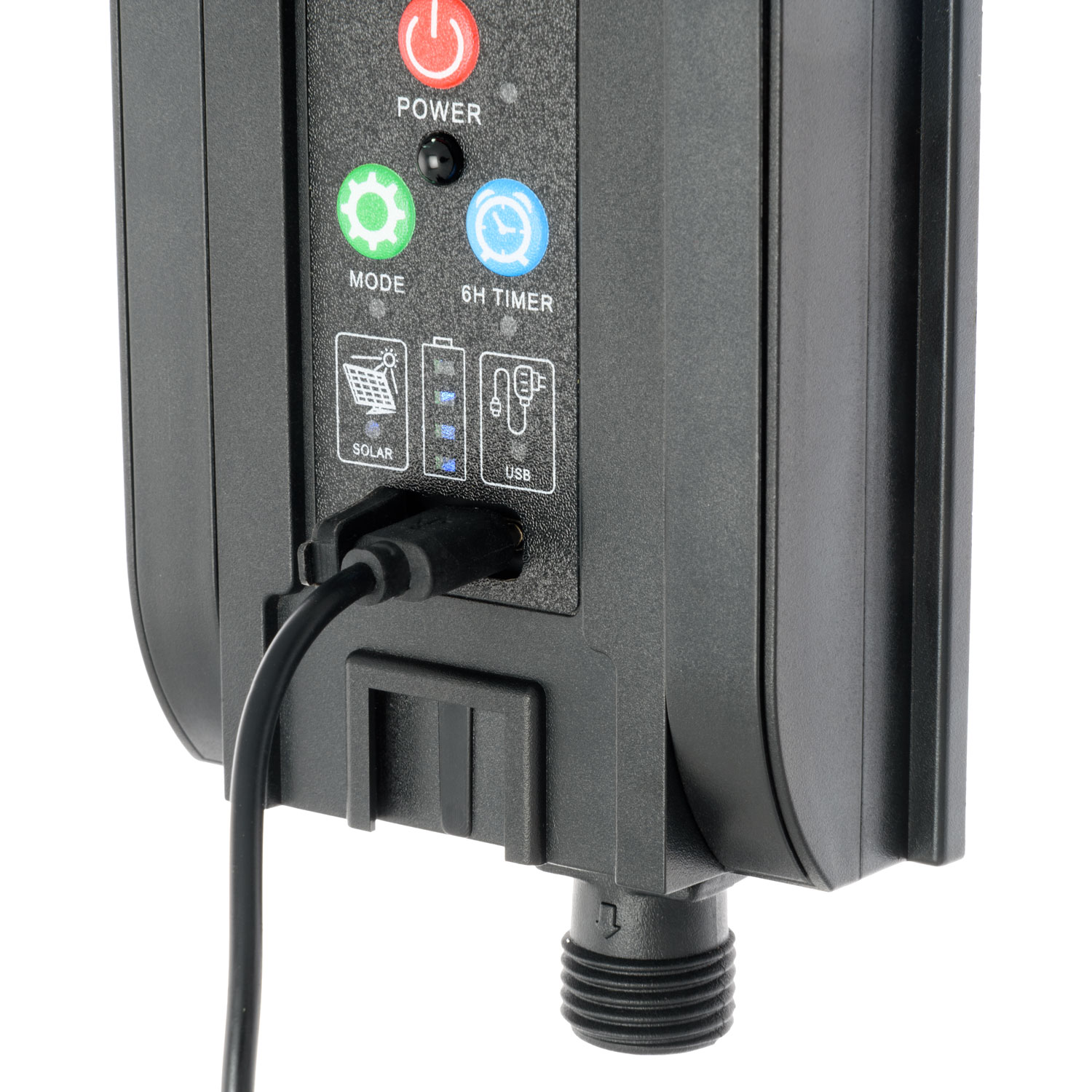
Control and management electronics
Often underestimated, the integrated electronics play a key role in the functioning of the decoration: they must manage the entire battery charging and discharging process as well as the switching on and off of the lights.
Part of this electronics is the light sensor, which is available in all solar lights. This electronic device is able to measure the amount of external light, so that lights are only switched on when it is dark.
This feature is very convenient because you don't have to remember to turn the decoration on or off, it will do everything automatically.
However, it is not efficient to drain the entire battery of the solar panel if perhaps you only need the lights on for a few hours.
That is why there is a timer function that helps you preserve the battery's charge level, preventing it from draining unnecessarily when you are not using it. Not for all solar lights there is a timer function, but when it is present it can be of different types: 3, 5 or 8 hours. This means that the decoration will come on every day at the same time for 8 hours and stay off for the next 16 hours.
The controller for light effects can also be included in the electronics. Thanks to this feature, you can decide whether to use certain light effects or simply choose fixed light. It is important to note that during light effects, the LEDs are not all switched on at the same time, which results in lower battery consumption and longer light-up times.
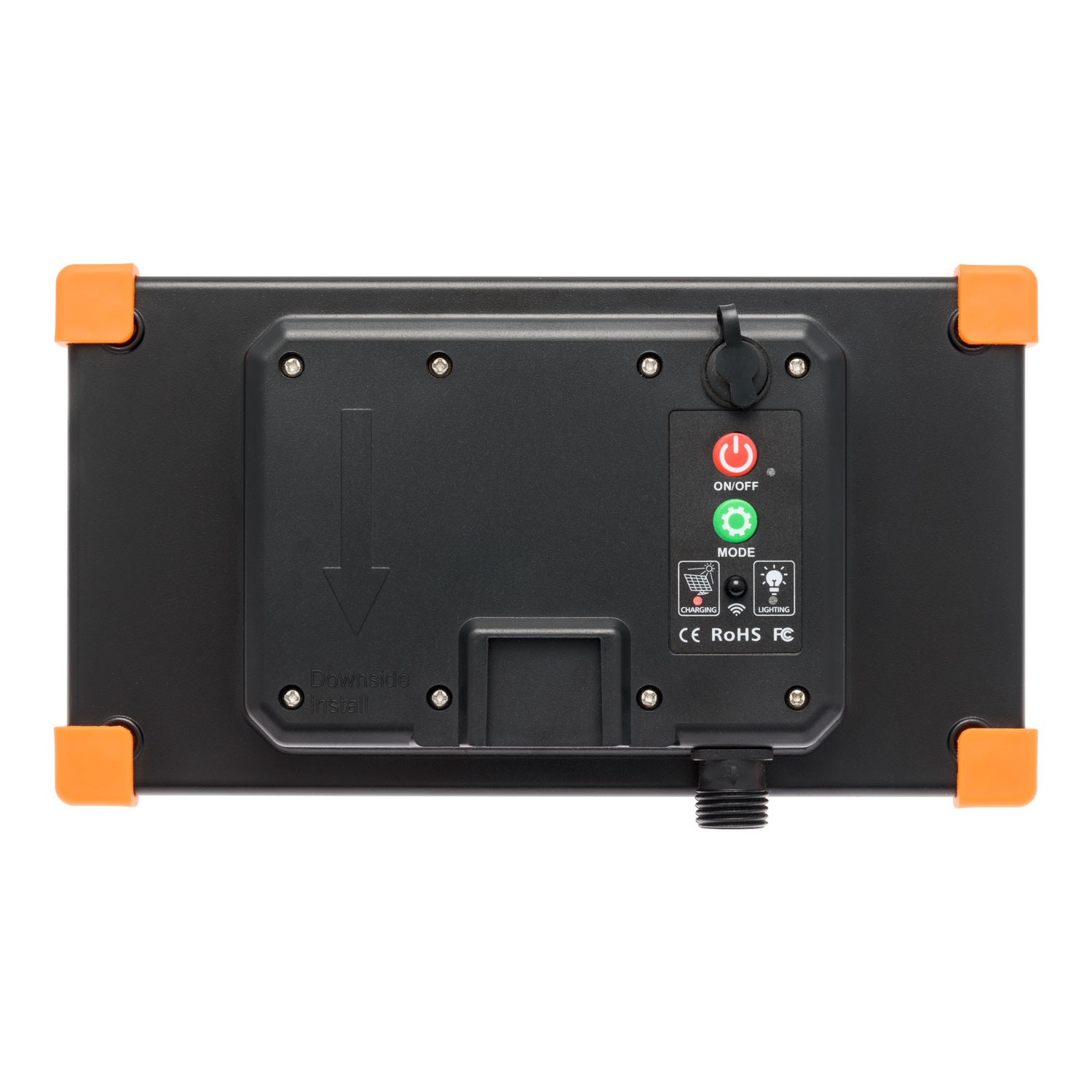
Solar lights
In the catalogue you will find many solar lights, also extendable, like the series Smart Connect which has several types of power supply in addition to solar.
Here are the categories of solar lights you will find in our catalogue:
Solar lights offer numerous advantages, including sustainability, ease of installation, energy savings, versatility and a wide product range. Lighting your outdoor space with solar lights will not only make the environment more welcoming, but will also help reduce the environmental impact. Choose solar lights to create a magical and environmentally friendly atmosphere in your garden.
If you have any other doubts about solar lights (how to install them, lighting duration, maintenance, etc.), read our in-depth article with answers to our customers' most common questions.

